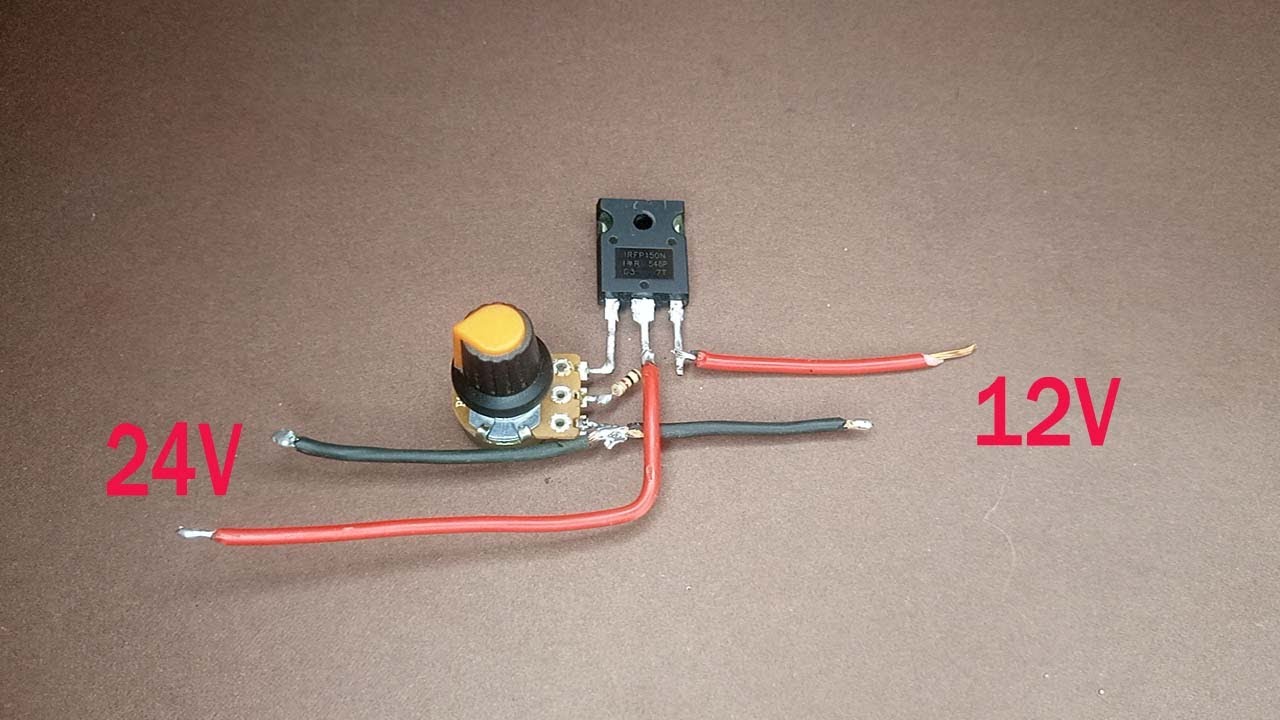
How to Design a 24V to 12V DC Converter
Designing a 24V to 12V DC converter can be a complex but rewarding task for electronics enthusiasts. Whether you are looking to step down the voltage for a specific project or simply aiming to broaden your skills in power electronics, understanding the fundamentals is crucial. In this article, we will discuss the key steps and considerations involved in designing a 24V to 12V DC converter.
Understanding the Basics
Before diving into the design process, it is essential to have a solid grasp of the basic principles governing DC-DC converters. In simple terms, a DC-DC converter is a device that transforms a DC input voltage into a different DC output voltage. The key components of a DC-DC converter include switches, inductors, capacitors, and diodes.
When designing a 24V to 12V DC converter, the primary goal is to efficiently step down the input voltage while maintaining a stable output. This involves carefully selecting the right components and configuring them in a circuit that ensures proper voltage regulation and minimal power loss.
Choosing the Right Components
The first step in designing a 24V to 12V DC converter is selecting the appropriate components for your circuit. Key components to consider include:
- Switching Regulator: This component is responsible for converting the input voltage into a series of pulses that are then filtered to produce the desired output voltage.
- Inductor: The inductor stores energy during the on-time of the switching regulator and releases it during the off-time to maintain a constant output voltage.
- Capacitor: Capacitors are used to filter out noise and stabilize the output voltage.
- Diode: The diode prevents reverse current flow and ensures smooth operation of the circuit.
Designing the Circuit
Once you have selected the necessary components, it is time to design the circuit. The circuit design will depend on the specific requirements of your project and the desired performance characteristics. Here are some key steps to consider when designing a 24V to 12V DC converter circuit:
- Determine the input and output voltage requirements.
- Calculate the necessary current ratings for each component.
- Select the appropriate switching frequency for your design.
- Design the control circuitry to regulate the output voltage.
- Simulate the circuit to ensure proper functionality and efficiency.
Testing and Optimization
Once the circuit design is complete, it is crucial to thoroughly test and optimize the 24V to 12V DC converter. Testing involves measuring the output voltage, current, and efficiency under various load conditions to ensure that the circuit meets the desired specifications. If any issues arise, adjustments may be necessary to improve performance.
Optimization is an ongoing process that aims to enhance the efficiency and overall performance of the converter. This may involve fine-tuning component values, adjusting the control circuitry, or exploring alternative configurations to achieve the best results.
Conclusion
Designing a 24V to 12V DC converter requires careful planning, attention to detail, and thorough testing. By understanding the fundamentals of DC-DC converters, choosing the right components, designing the circuit effectively, and testing and optimizing the final product, you can create a reliable and efficient voltage conversion solution for your project.
Remember that designing electronics circuits can be challenging, but with patience and perseverance, you can achieve great results. Experiment, learn from your mistakes, and strive for continuous improvement in your design skills. Happy designing!
Was this helpful?
0 / 0